RSPB urges Warwickshire residents to take up bird watching - can you spot the five most common birds?
This article contains affiliate links. We may earn a small commission on items purchased through this article, but that does not affect our editorial judgement.
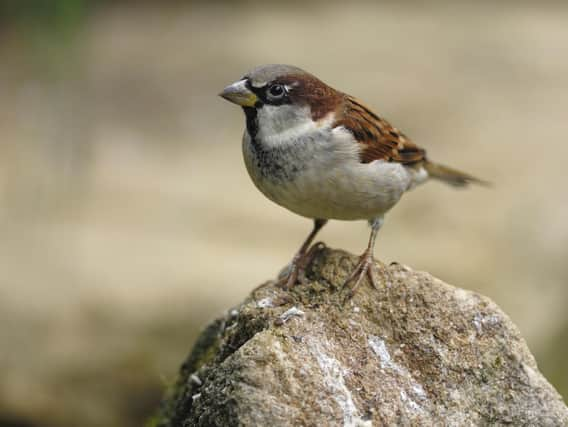

The RSPB is encouraging our county's residents to see which of the most common birds they can spot.
This comes after the latest results from the RSPB’s Big Garden Birdwatch revealed smaller birds such as long-tailed tits, wrens and coal tits were seen in greater numbers than in 2019, thanks to the milder winter.
Advertisement
Hide AdAdvertisement
Hide AdBeccy Speight, the RSPB’s chief executive, said: “We know that for many people, garden birds provide an important connection to the wider world and bring enormous joy.
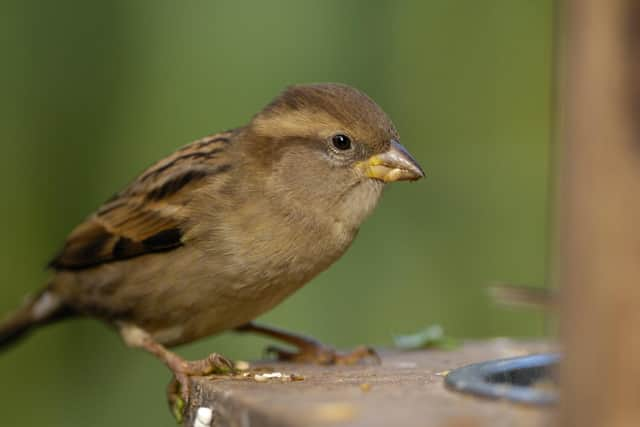

"These are difficult and unsettling times for all of us, but we hope that nature can provide a welcome respite in whichever form and wherever you may encounter it.
“Despite everything that’s going on in the world, nature is still doing its thing.
"Birds are singing and blossom is bursting. Watching wildlife, whether from a window or a balcony or even online, can offer many of us hope, joy and a welcome distraction, and so we are keen to help you carry on connecting with the natural world.
Advertisement
Hide AdAdvertisement
Hide AdNow in its 41st year, the Big Garden Birdwatch is a chance for people of all ages to count the number of birds that visit their garden helping the RSPB build up a picture of how they are doing.
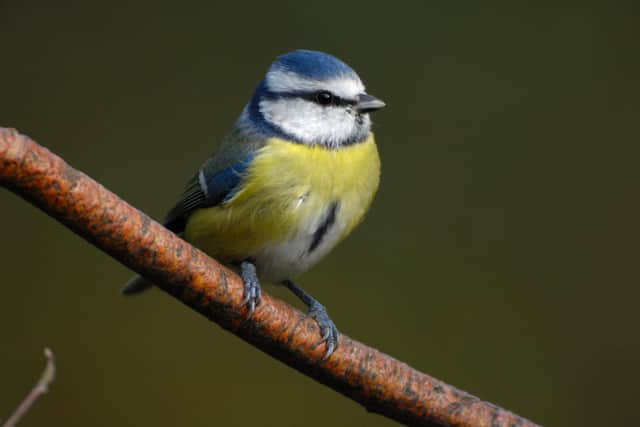

This year, almost half a million people across the country, including 380 in Warwickshire, took part counting nearly eight million birds.
The event, held over the last weekend in January, revealed the house sparrow was in the number one spot in Warwickshire.
And there was an increase in garden sightings of long-tailed tits, wrens, and coal tits, three of the smallest species to visit our gardens.
Advertisement
Hide AdAdvertisement
Hide AdThe milder weather we experienced at the start of the year appears to have helped populations of these species as small birds are more susceptible to spells of cold weather.
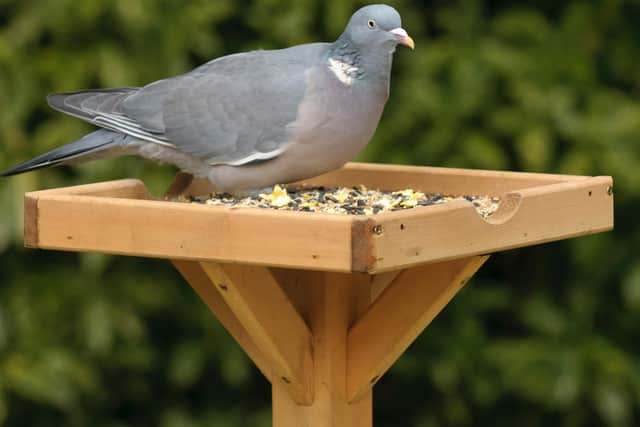

Over its four decades, Big Garden Birdwatch has highlighted the winners and losers in the garden bird world.
It was first to alert the RSPB to the decline in song thrush numbers.
This species was a firm fixture in the top 10 in 1979.
By 2009, its numbers were less than half those recorded in 1979, it came in at 20th in the rankings this year, seen in just 9 per cent of gardens.
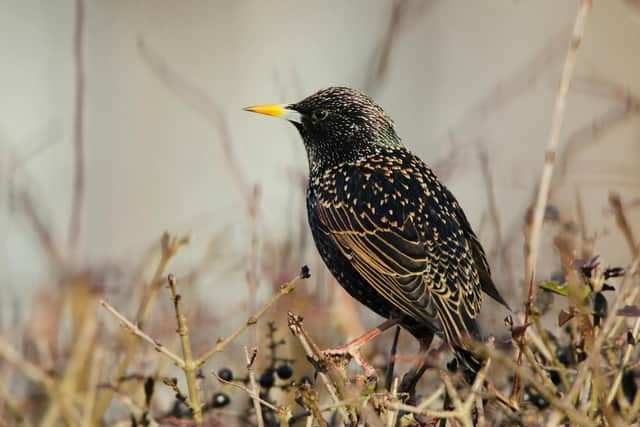

Advertisement
Hide AdAdvertisement
Hide AdDaniel Hayhow, RSPB conservation scientist, said: “Small birds suffer during long, cold winters but the warmer January weather this year appears to have given species such as the wren and long-tailed tit a boost.
"Over the survey’s lifetime, we’ve seen the increasing good fortunes of birds such as the coal tit and goldfinch and the alarming declines of the house sparrow and starling.
"But there appears to be good news for one of these birds.
"While the overall decline in house sparrow numbers, reported by participants, since the Big Garden Birdwatch began is 53 per cent (1979 – 2020), in the most recent decade (2010-2020) numbers appear to have increased by 10 per cent. Giving us hope that at least a partial recovery may be happening.”
The house sparrow was at the top of the Warwickshire Big Garden Birdwatch rankings at the most commonly seen garden birds in the county.
Advertisement
Hide AdAdvertisement
Hide AdBlue tit was in the second spot, with the wood pigeon completing the top three.
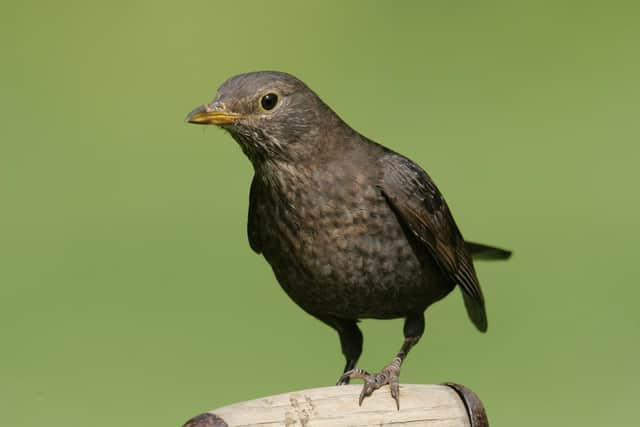

Throughout the first half of the spring term the nation’s school children took part in the RSPB’s Big Schools Birdwatch.
The UK-wide survey of birds in school grounds saw close to 70,000 school children and their teachers, including 342 in Warwickshire, spend an hour in nature counting the birds.
Blackbird was the most numerous species seen school grounds, with an average of five per school; and was seen in 85 per cent of the schools that took part.
Advertisement
Hide AdAdvertisement
Hide AdFor a full round-up of all the RSPB Big Garden Birdwatch results and to see which birds were visiting gardens where you live, visit www.rspb.org.uk/birdwatch
The top five most spotted birds in Warwickshire:
1. House Sparrow
2. Blue tit
3. Wood pigeon
4. Starling
5. Blackbird